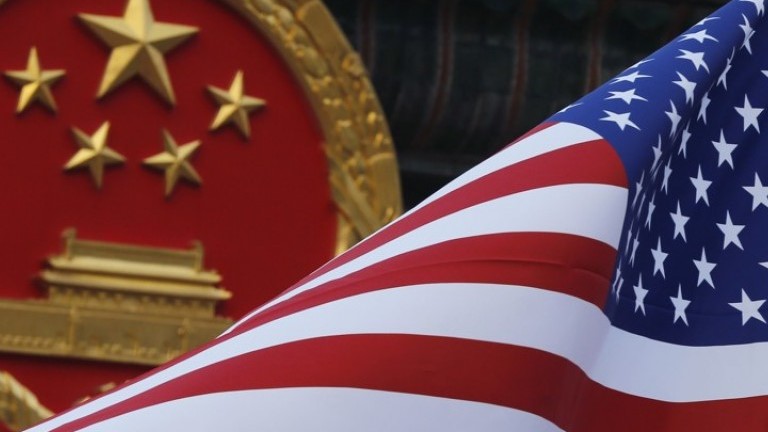Published 20 July 2017 | 1 minute read
This article is drawn from a Hinrich Foundation White Paper entitled “A Profitable Partnership Under Stress: Why it makes sense to ratchet-down US-China trade tensions”.
Pro-trade enthusiasts argue that with the US representing less than 5% of the global population, US companies have to look beyond the border to survive and thrive. China has allowed US companies to do exactly that.
What has the China market meant for the bottom-line of some of the US’ largest companies?
Apple provides a telling example. Back in 2009, Greater China accounted for just two percent of the company’s total revenue. Flash forward to 2015, and Greater China accounted for 25% of total revenue. Apple now depends on Chinese consumers to buy its products, as they represent one in every four iPhones sold around the world.
US car giant, General Motors Co., also depends heavily on China to meet its targets. In 2016, China was named GM’s biggest retail sales market for the fifth year in a row. GM and its joint ventures delivered a record 3.8 million vehicles to Chinese consumers last year alone. To put that number in perspective— that amounts to over 10,000 cars sold per day in 2016.
GM rival Ford Motor Co. also scored record sales in China in 2016. The Michigan-based car company sold 1.27 million total vehicles in China last year, an increase of 9 percent from 2015. For an example of Ford’s success in China, look no further than the iconic Ford Mustang. Ford’s signature sports car was first introduced to the Chinese market in January 2015 and recorded an impressive sales growth of 44 percent year-on-year for 2016. This spike in Chinese sales helped the Mustang gallop to the front of the pack, becoming the best-selling sports car in the world in 2016.
NIKE Inc. is also dependent on the fast-growing Chinese market for revenue growth. The sports footwear and apparel company recorded 23 percent revenue growth in Greater China in 2016, making it the fastest growing region for the company. Since 2010, revenue from China has more than doubled from US$1.7 billion to nearly US$3.8 billion in 2016. Importantly, NIKE is also seeing a big boost in sales directly to consumers (DTC) due to online sales, addition of new stores and comparable stores sales growth. NIKE’s DTC sales in China increased 44% from 2015 to 2016.
Beyond consumer products, top US technology and manufacturing companies depend heavily on the Chinese market as well. Intel, Qualcomm and Texas Instruments – three of the world’s top semiconductor companies—need business from China to sustain their revenues.
Intel recorded nearly US$14 billion in revenue from China in 2016, making China – not the United States – the largest market for the California technology giant. Intel has been the top supplier of semiconductors to the Chinese market from 2005 to 2015, according to an annual PwC report on the state of China’s semiconductor industry.
Qualcomm, based out of San Diego, depends on Chinese customers and licensees for a whopping 57% of its revenue. Qualcomm’s China revenue has skyrocketed in recent years. In 2009, Qualcomm earned just US $2.3 billion from China. Seven years later, the company reported US$13.5 billion in total revenue from China in 2016.
Texas Instruments (TI) earned US$6 billion from the products it shipped to China in 2016, while only making US$1.6 billion in revenue in the United States that same year. The Dallas-based company currently counts on China for nearly 45% of its total revenue.
For these and other US companies, China is increasingly driving revenues and profitability. As China continues its march up the economic development ladder, its potential to bolster US bottom-lines will also rise.
The white paper “A Profitable Partnership Under Stress: Why it makes sense to ratchet-down US-China trade tensions” is based on an extended research effort undertaken by the Hinrich Foundation, which included interviews with scores of MNC executives doing business in China, as well as an analysis of publicly available financial data for 22 MNCs with substantial business operations in China. Our objective is to provide a firmer factual basis for a discussion of the US-China economic relationship.
© The Hinrich Foundation. See our website Terms and conditions for our copyright and reprint policy. All statements of fact and the views, conclusions and recommendations expressed in this publication are the sole responsibility of the author(s).


